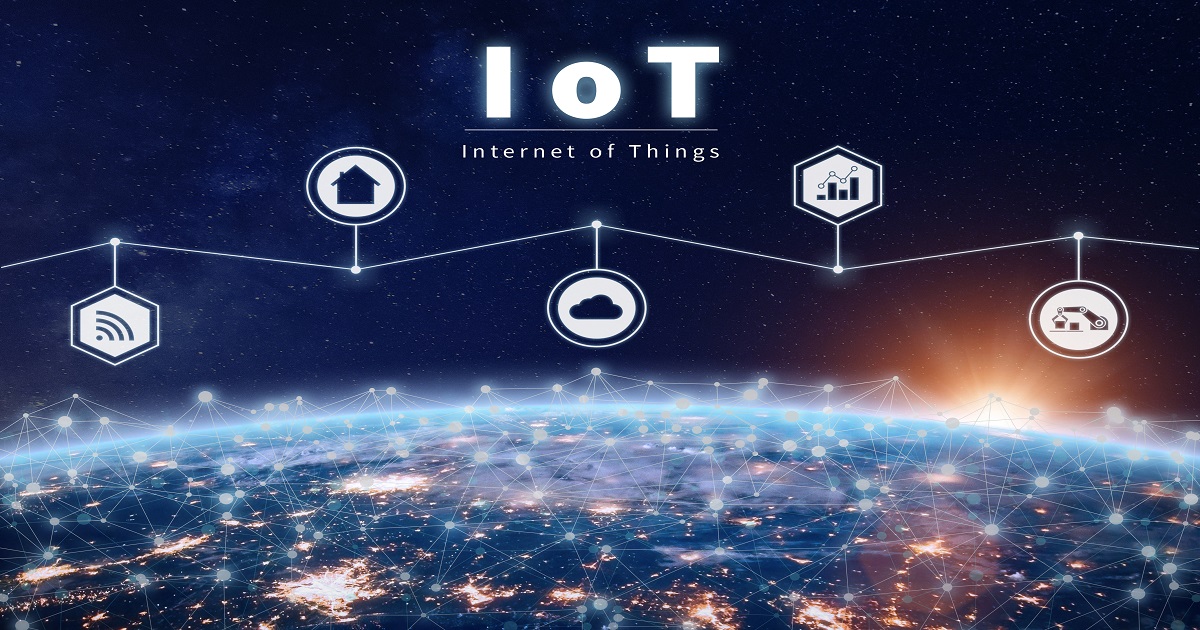ICYMI: Your 'IoT TGIF' News Review as April Comes to a Close
We've compiled several Internet of Things (IoT) stories that will benefit readers interested in satellite IoT (satIoT) connectivity solutions provided…
Read MoreLTIMindtree and Vodafone Partner for Smart IoT Solutions
LTIMindtree announced a collaboration with Vodafone aimed at delivering connected and smart IoT solutions to drive Industry X.0 and digital transforma…
Read MoreSecuring Reliability in IoT: Memfault Highlights a Lack of Proactive Measures
New data released from IoT reliability platform Memfault just earlier this morning highlights the importance of proactivity when engineering IoT solut…
Read MoreSpur Measurable IoT Growth through Viasat's ELEVATE Program - Registration for its ELEVATE Global Partner Event is Now Open!
Viasat's ELEVATE global partner event is right around the corner. From June 18-19 in Carlsbad, California, those interested in satIoT connectivity sol…
Read MoreAssessing IoT Innovator LTIMindtree: Its 2023-24 Successes to Date and a Peek at What's Next
IoT Evolution World has presented a brief rundown of LTIMindtree's successes during FY24, as well as a peek at what's to come for the Internet of Thin…
Read More




